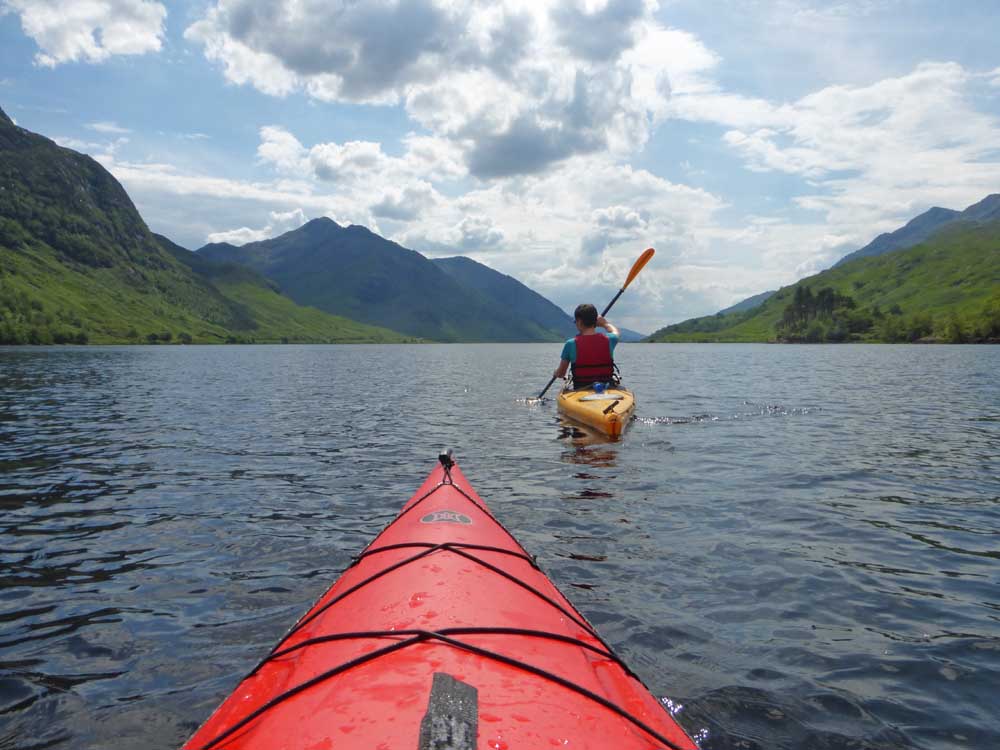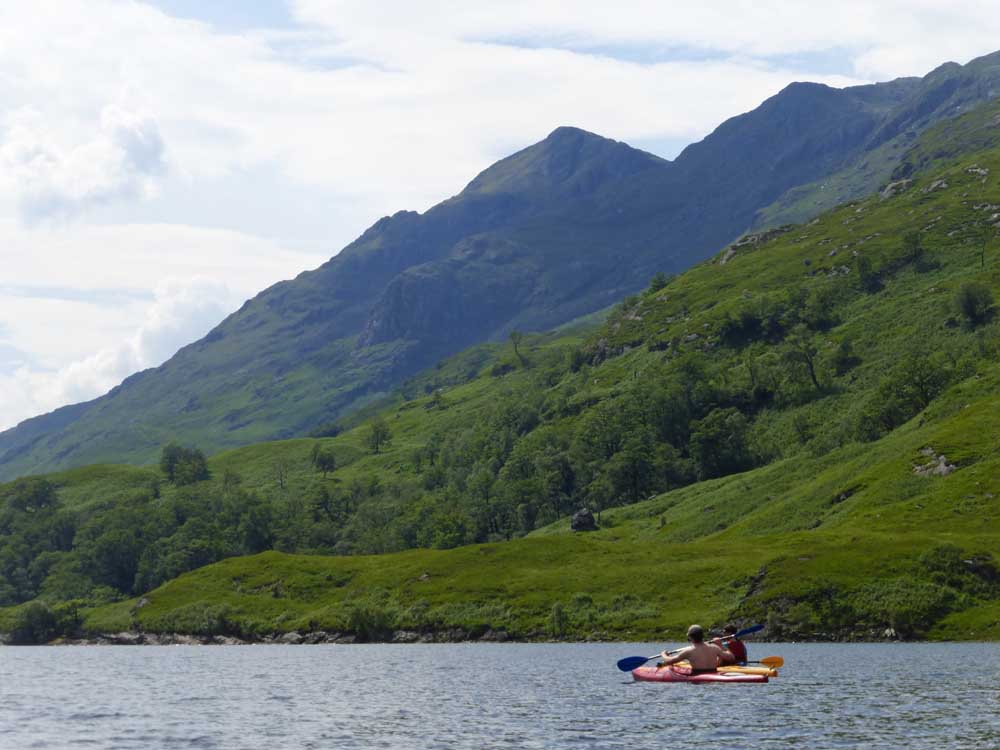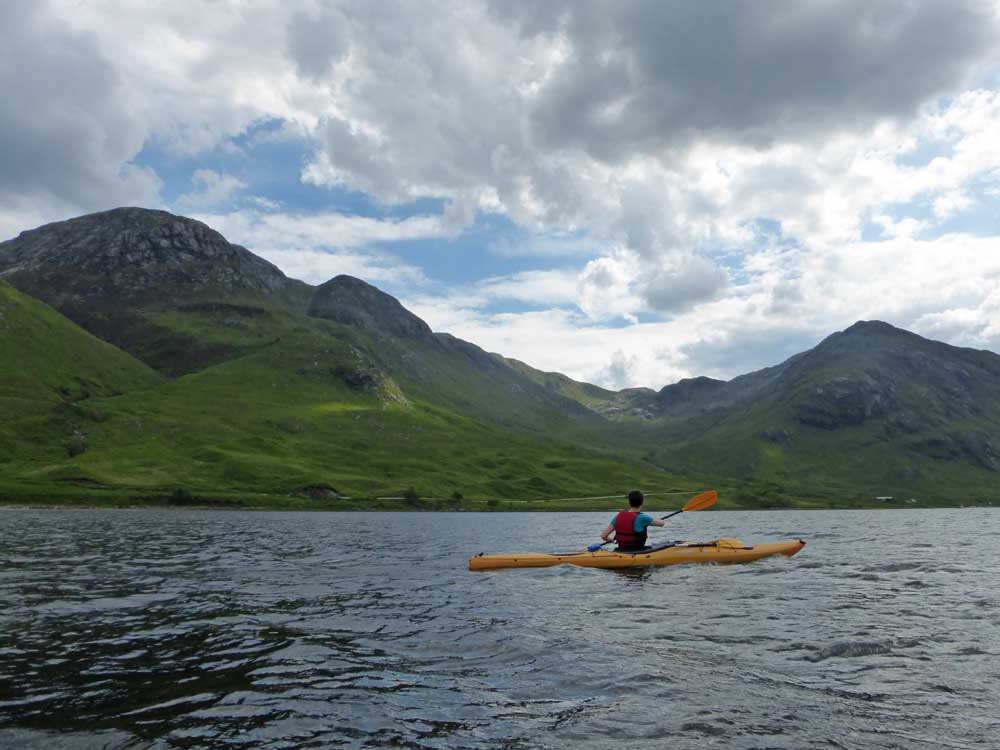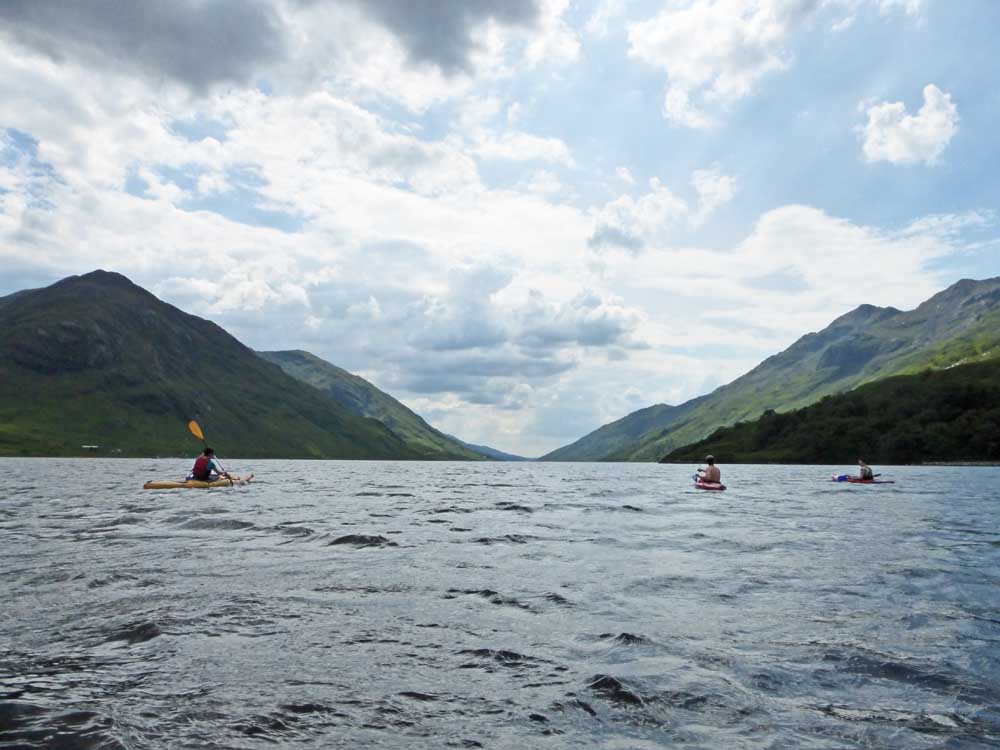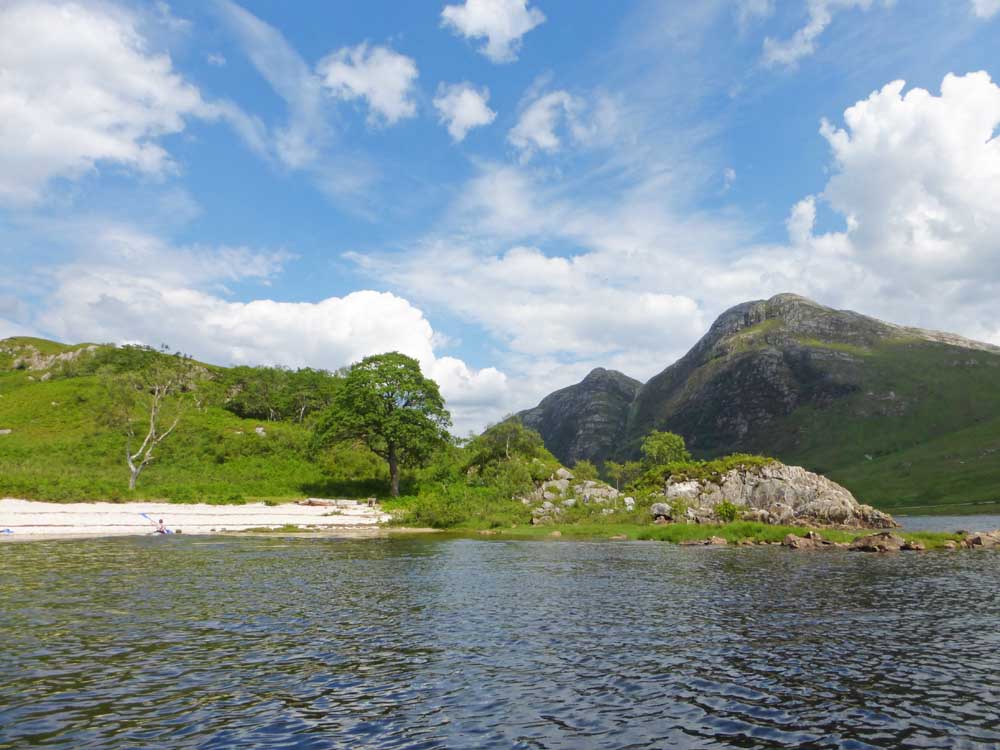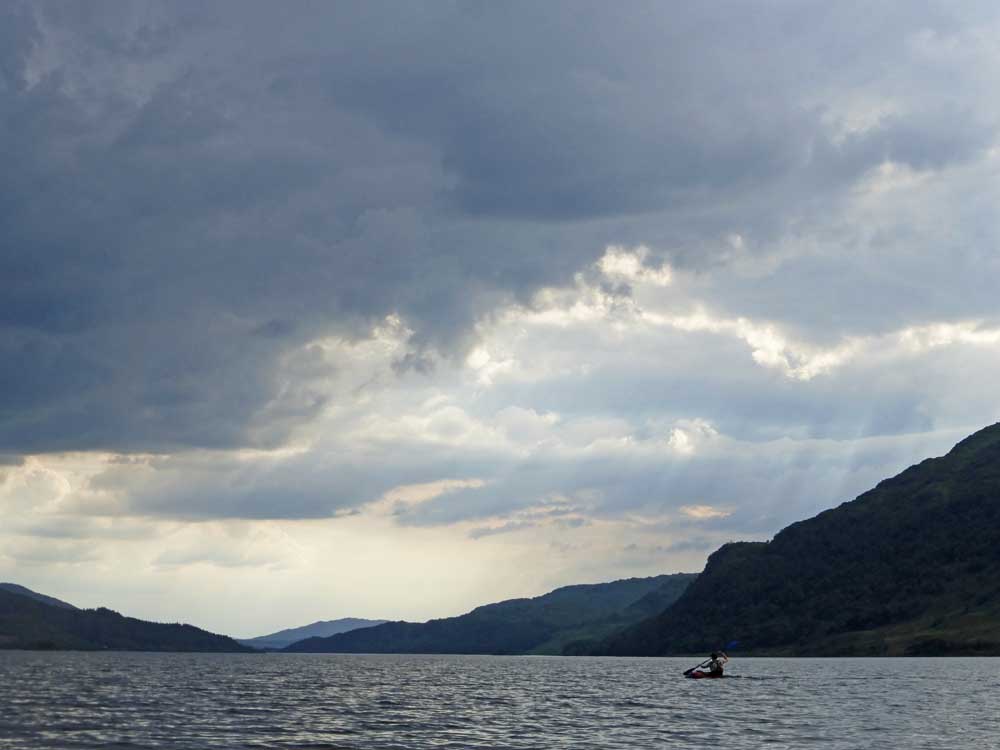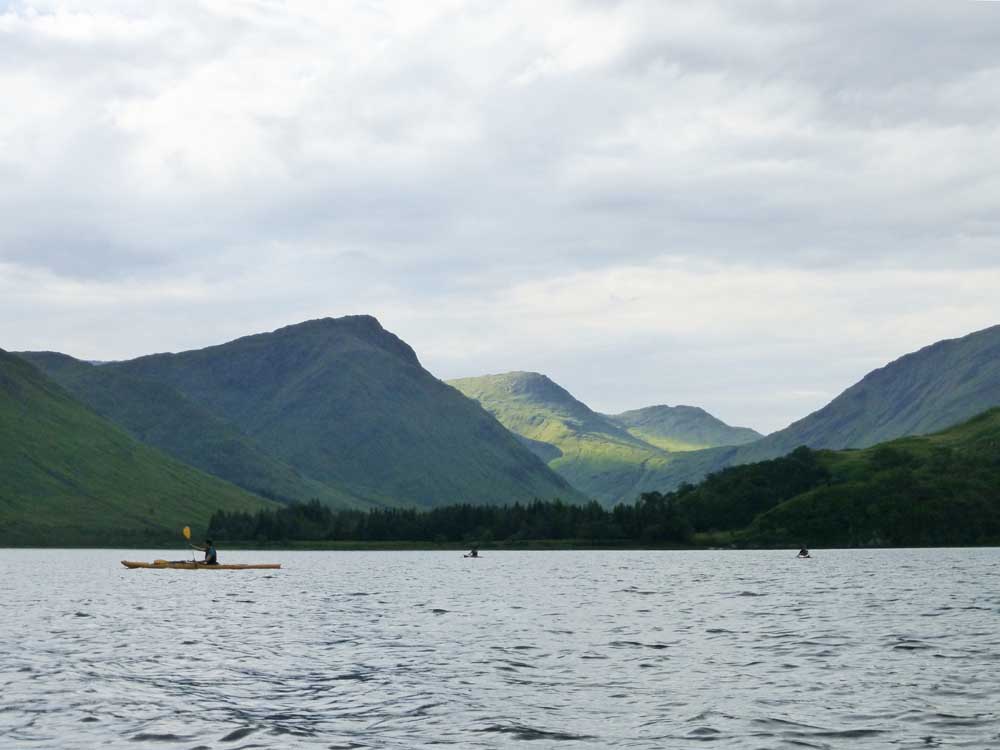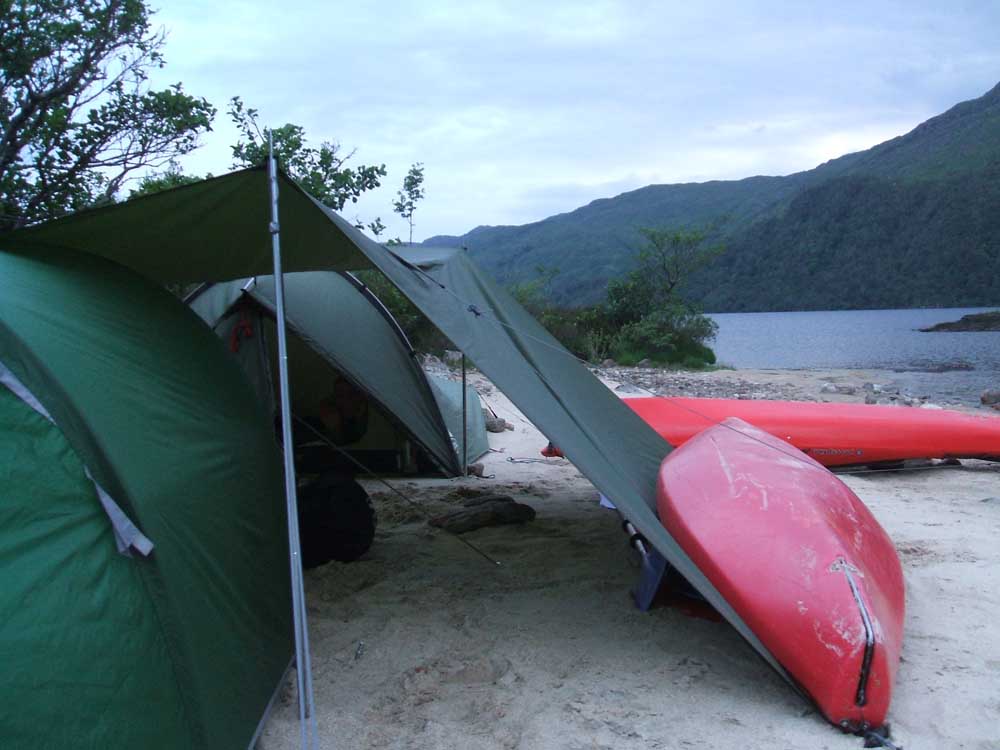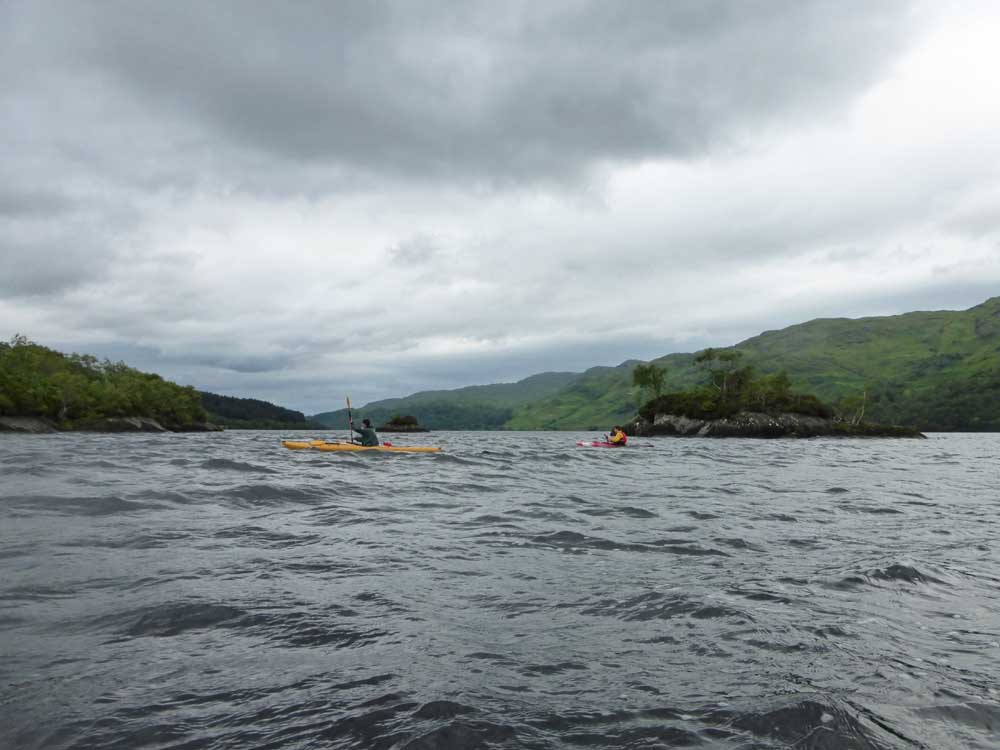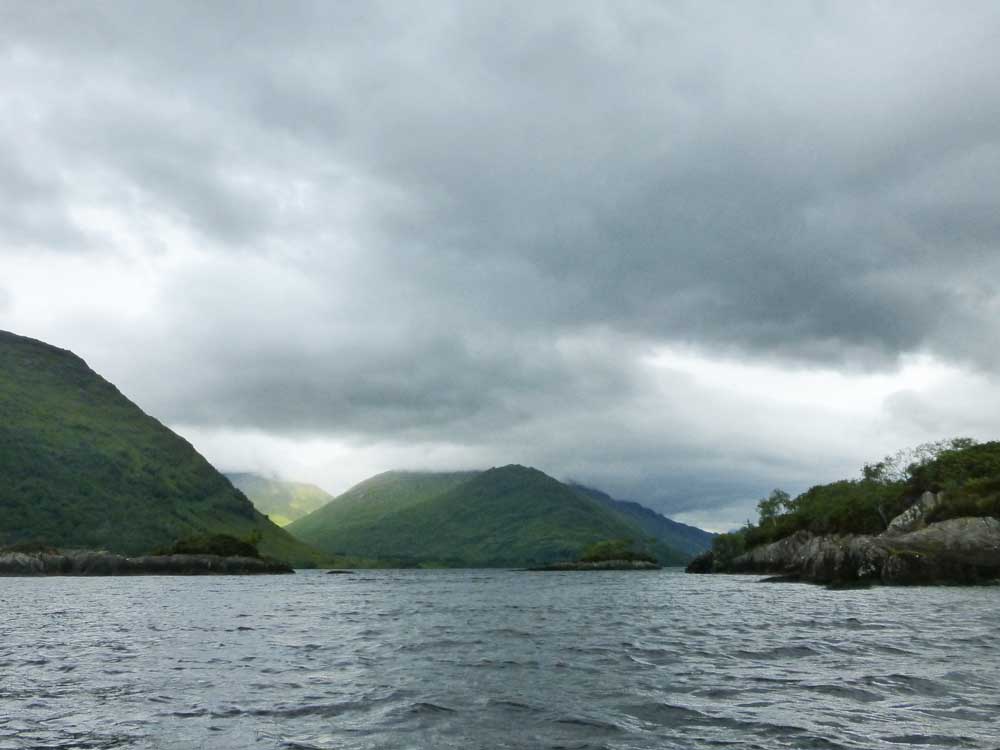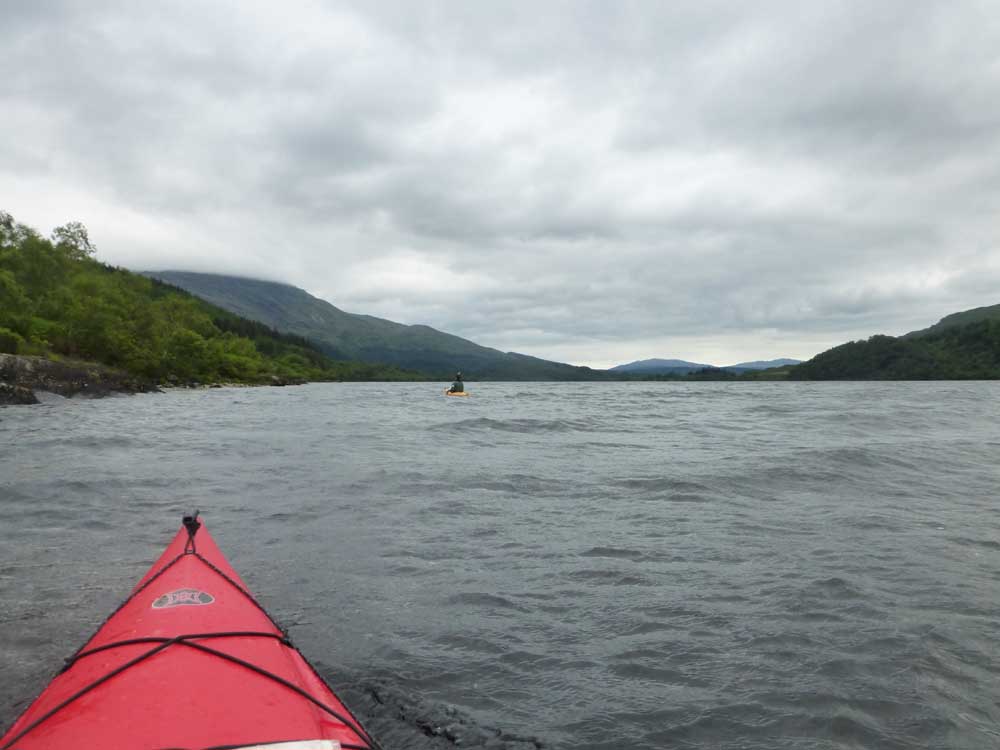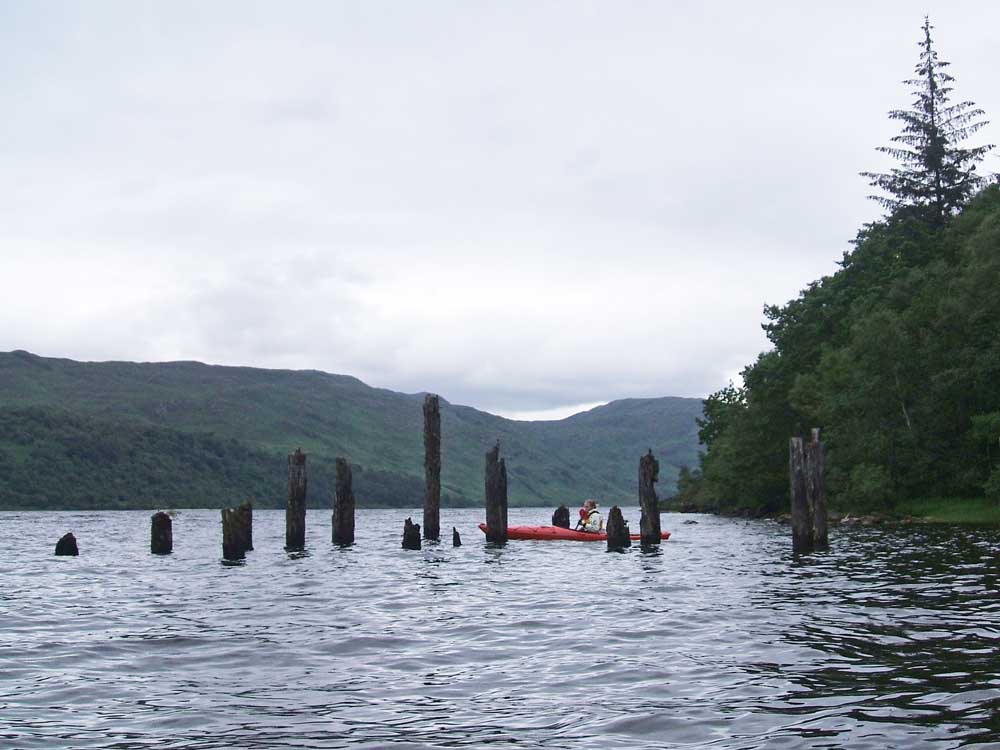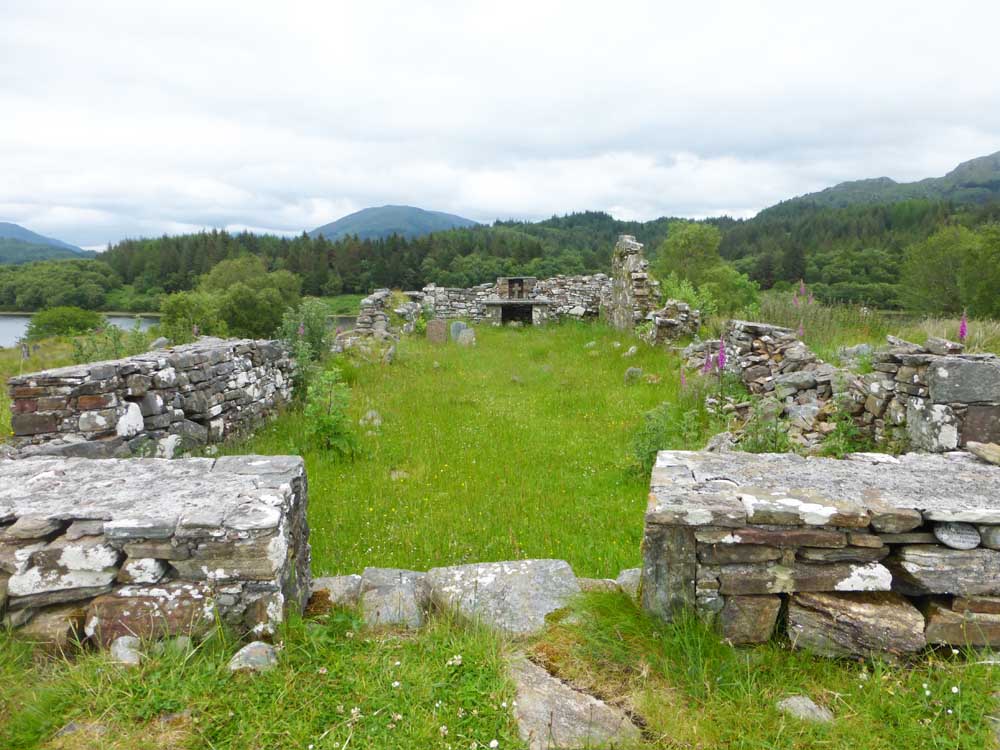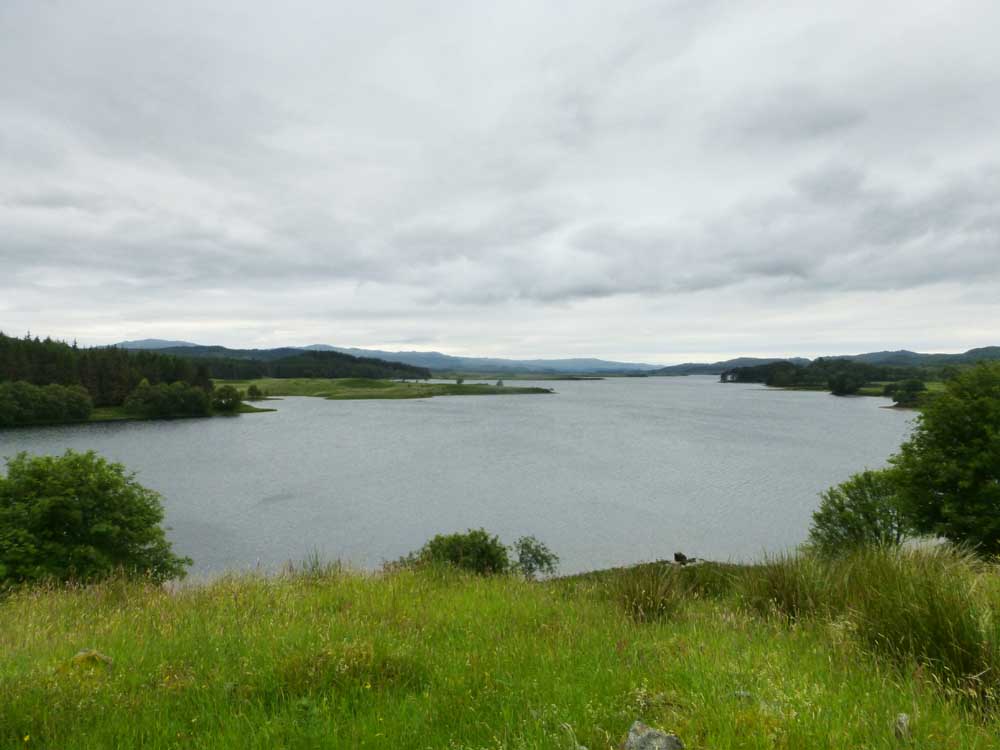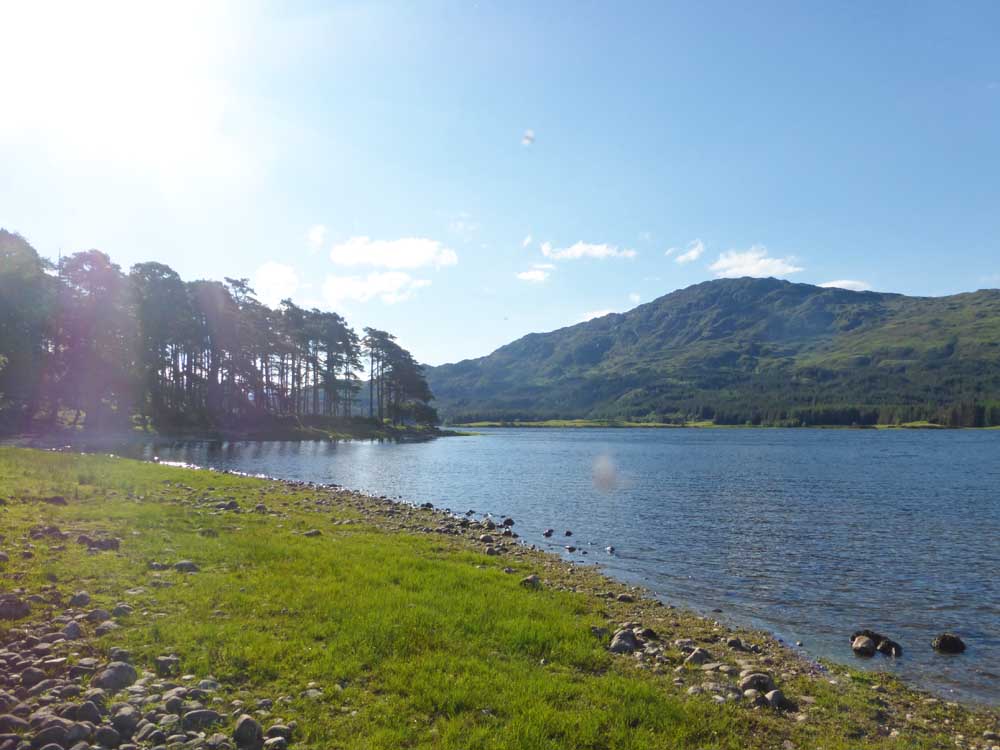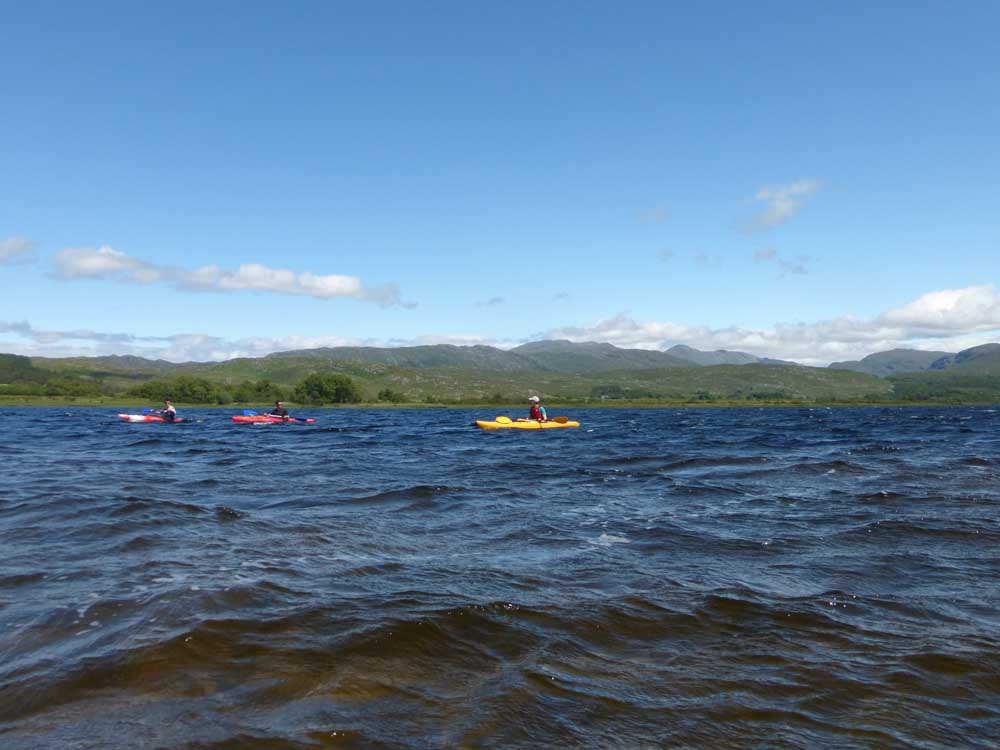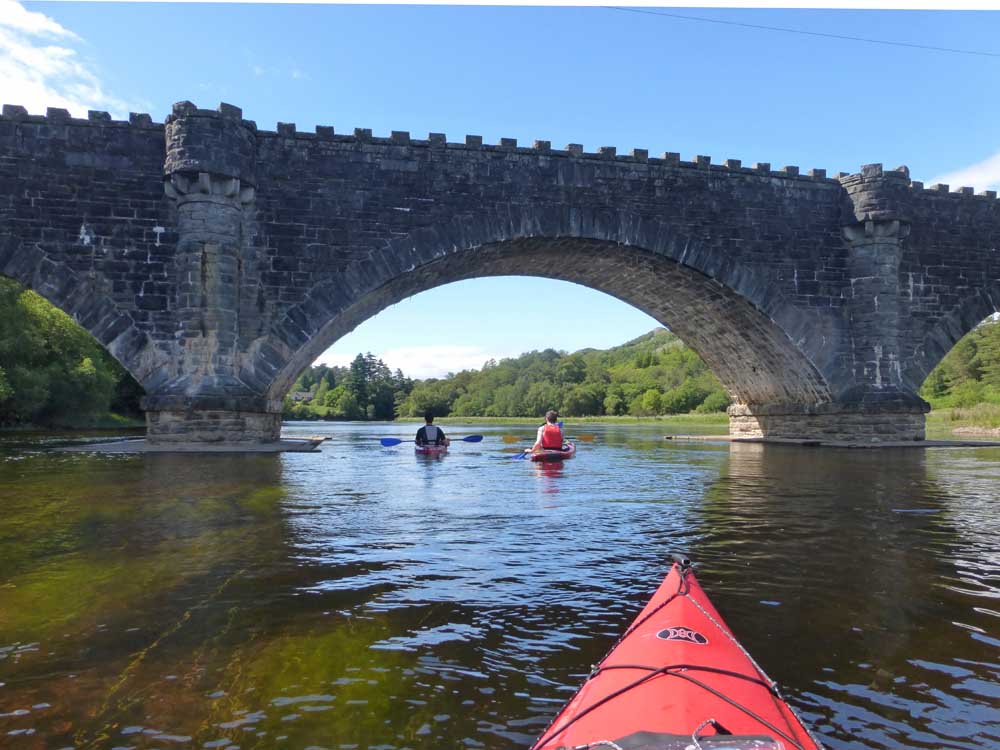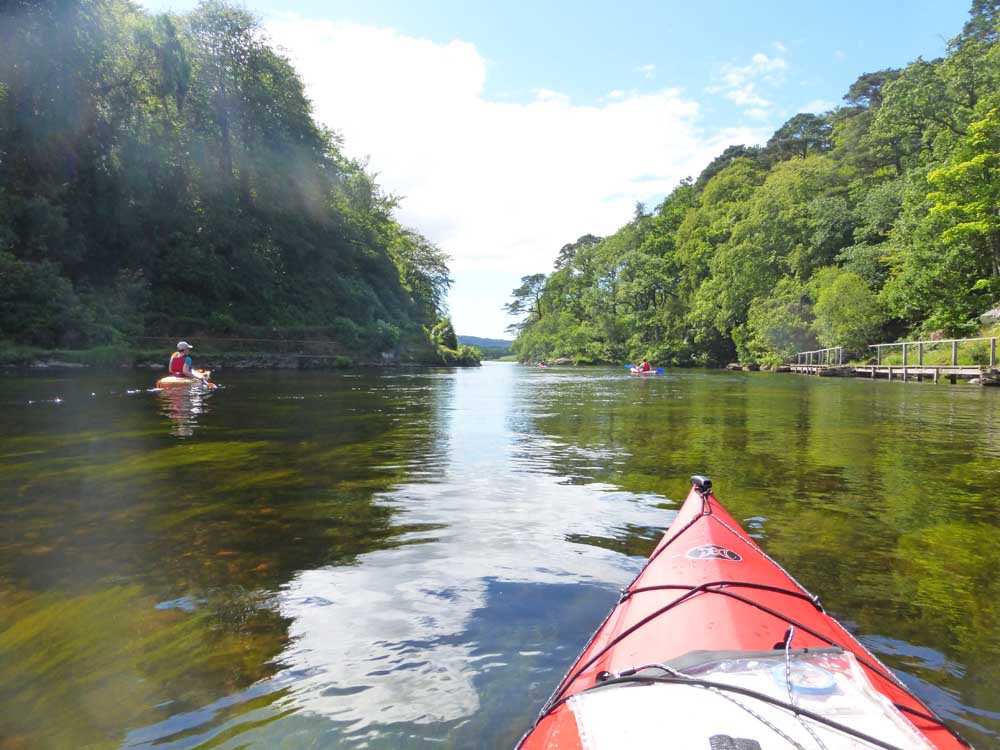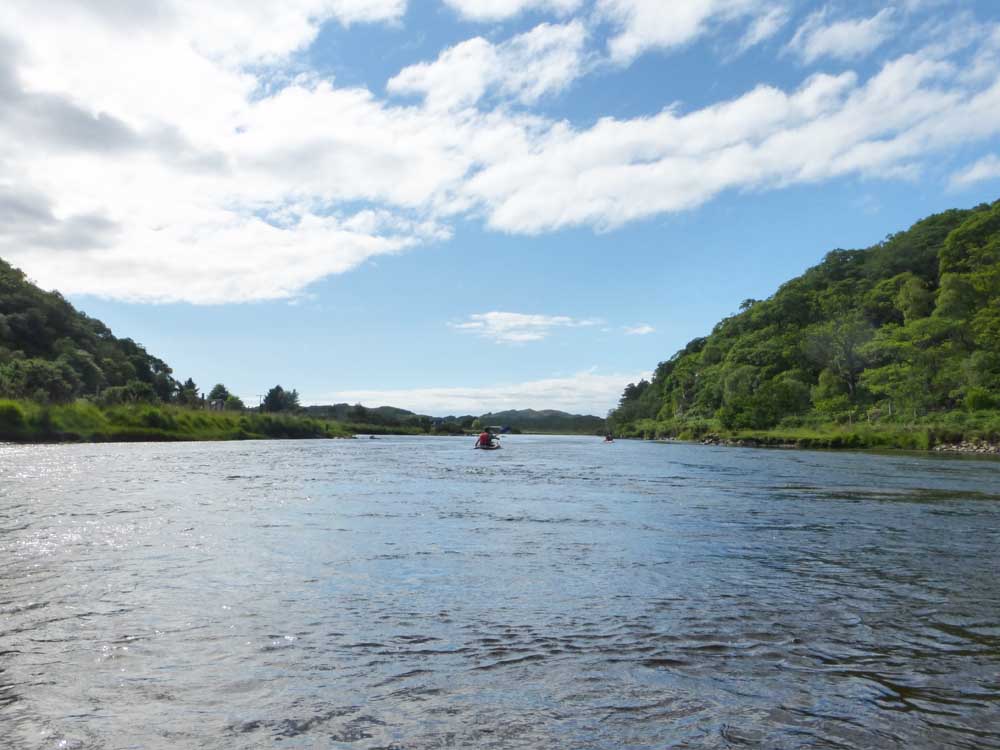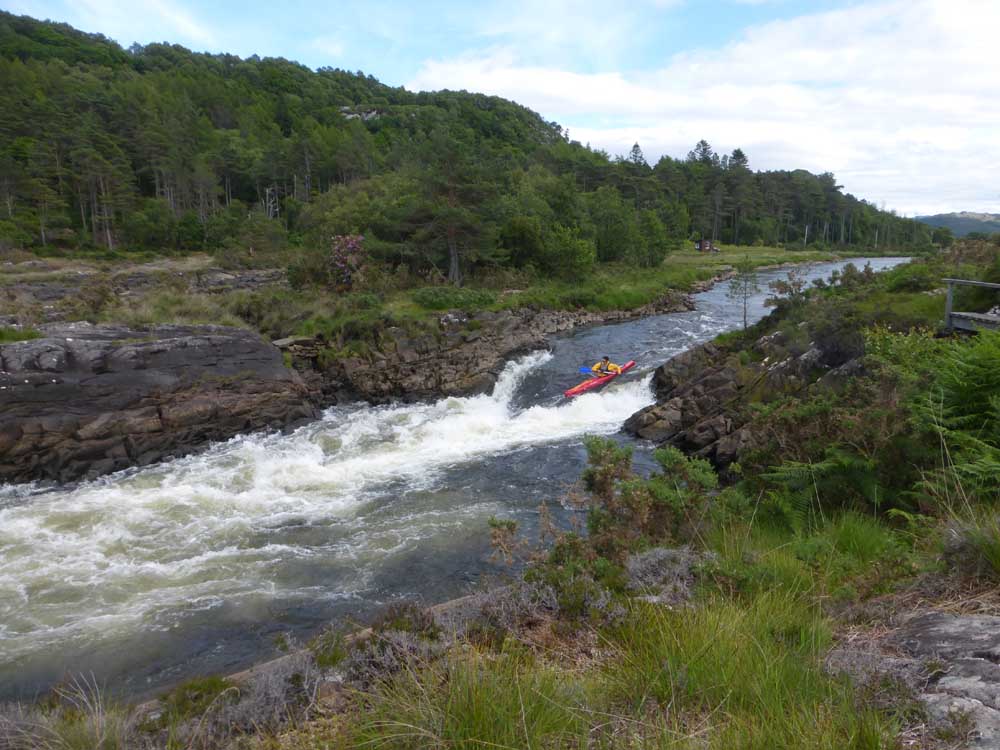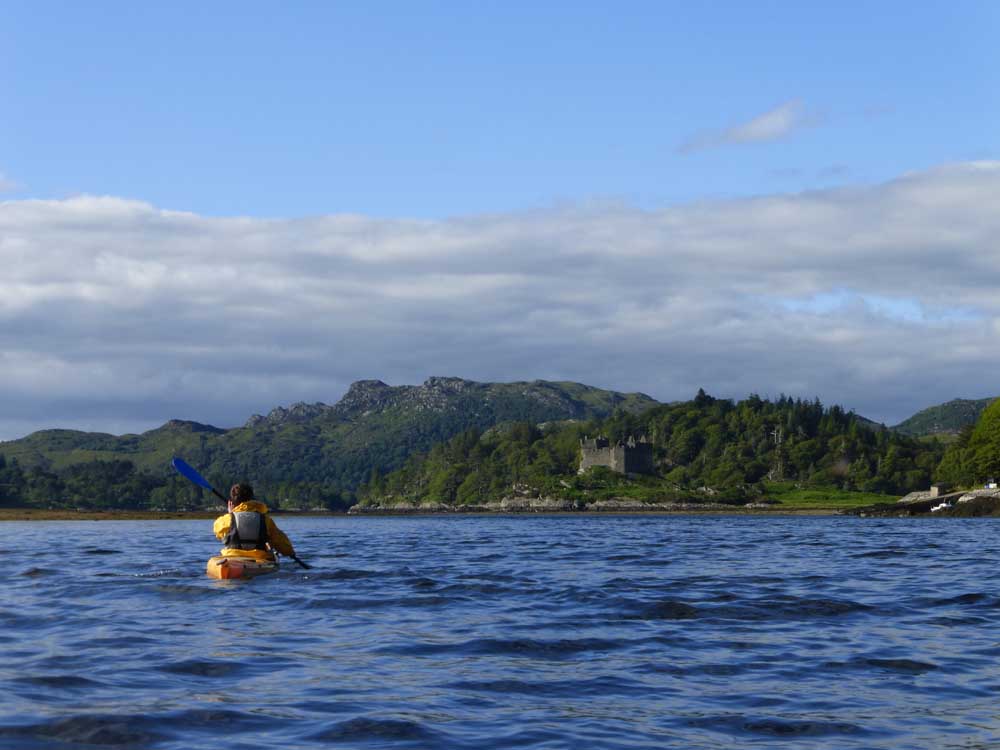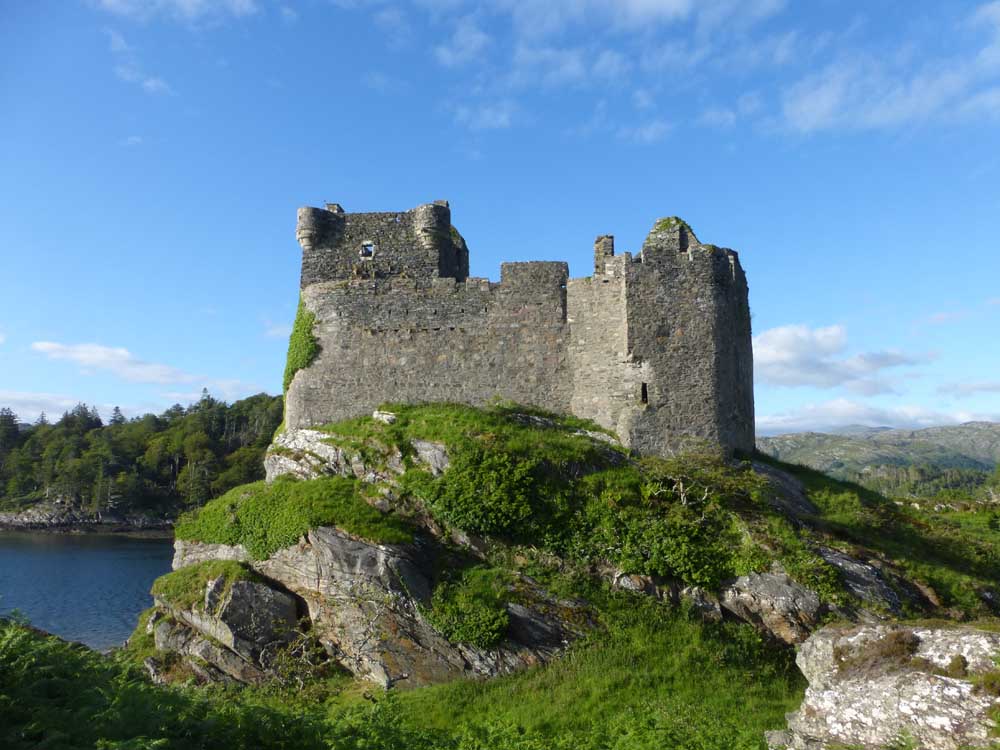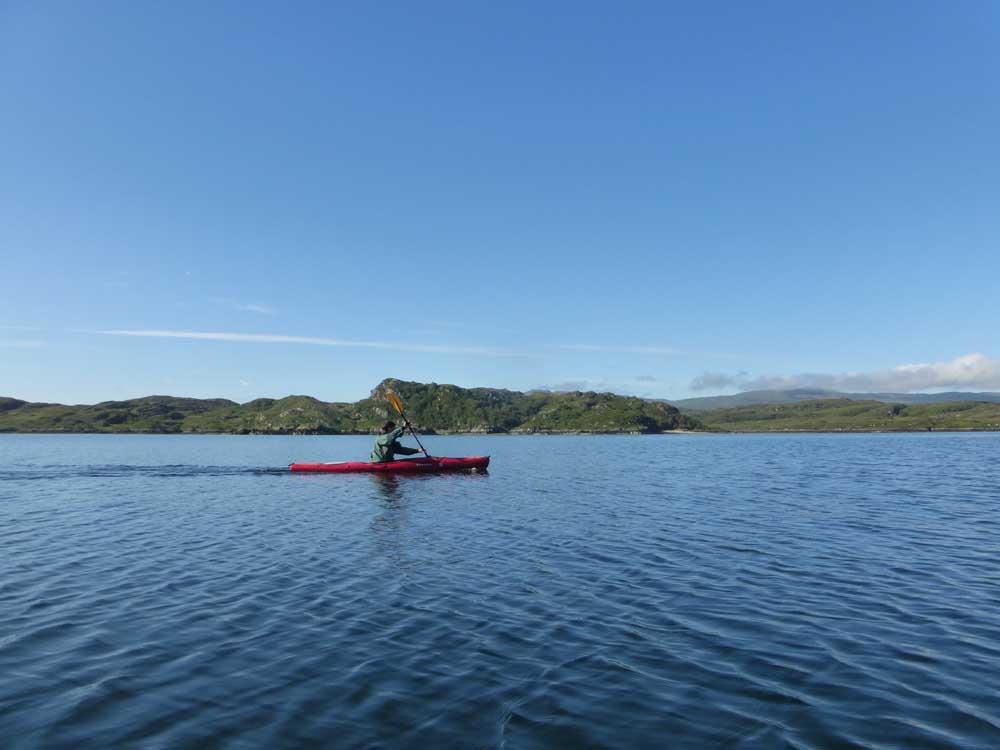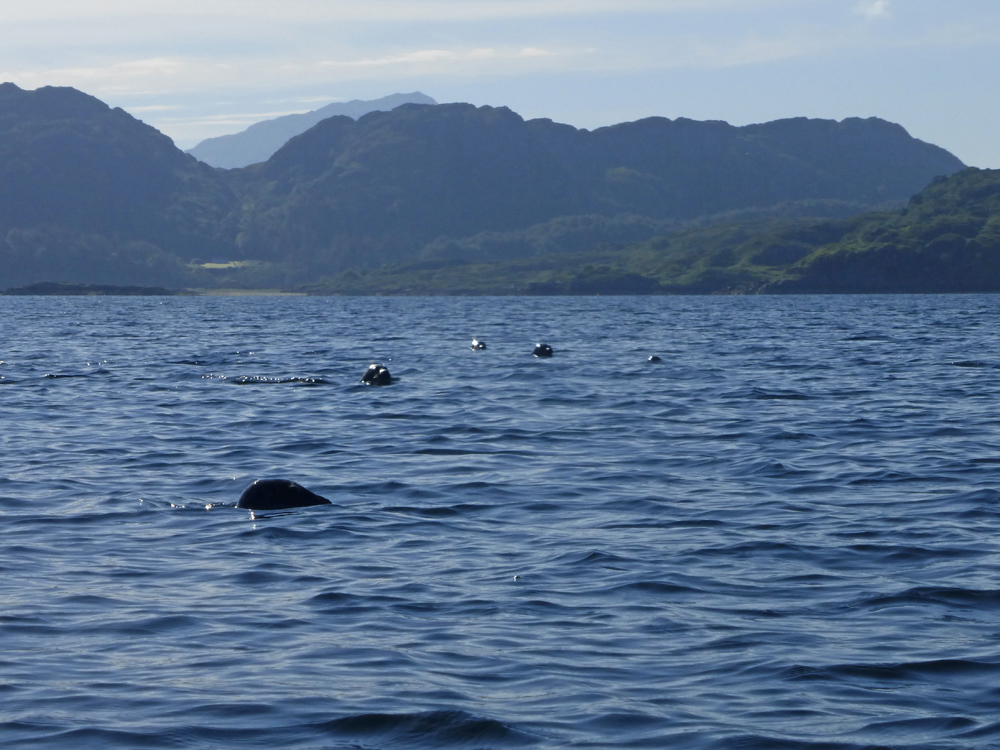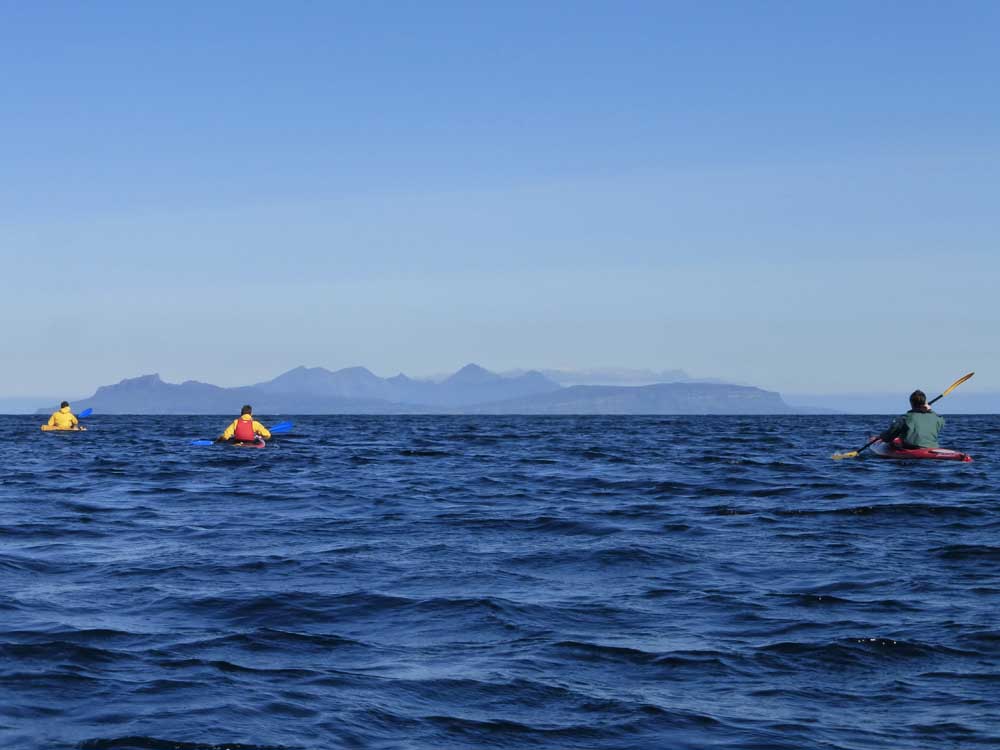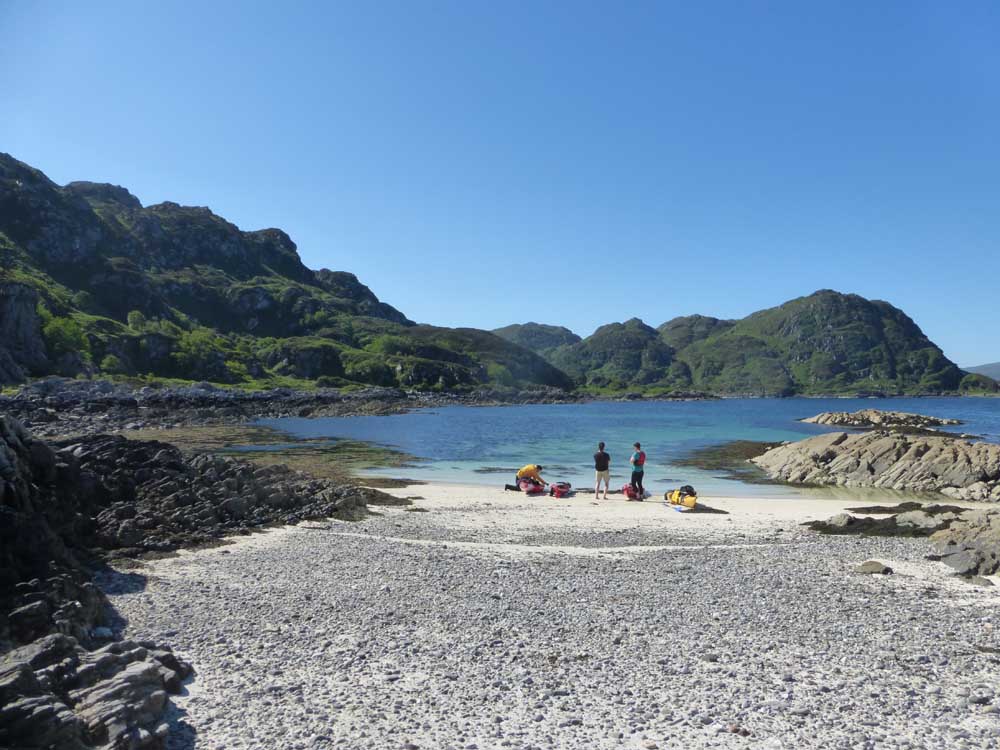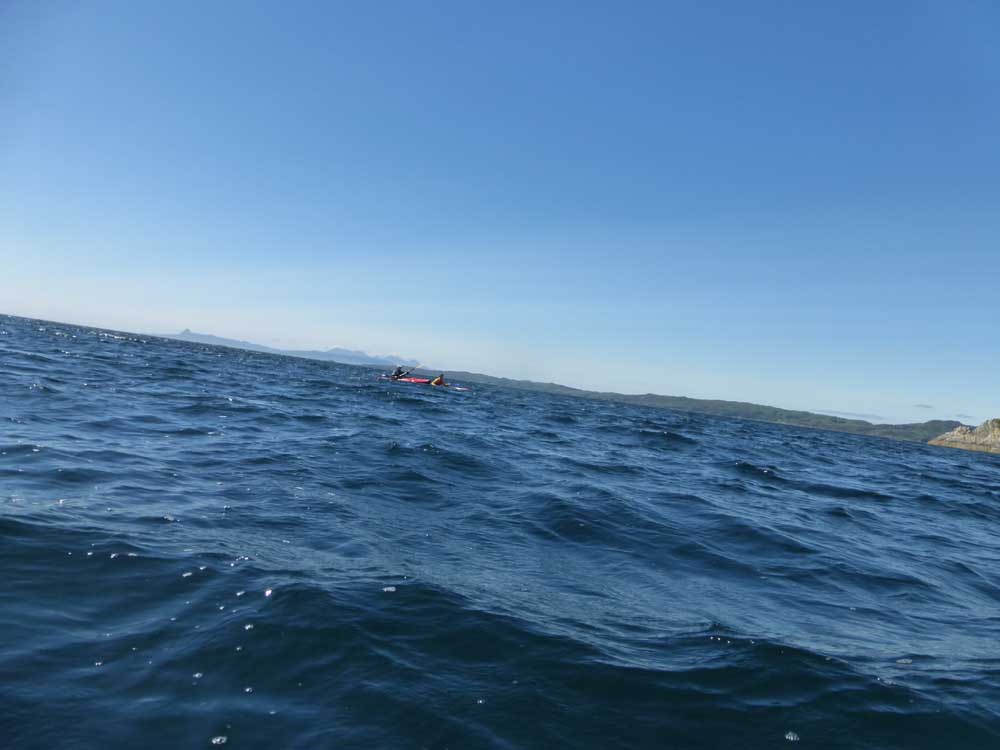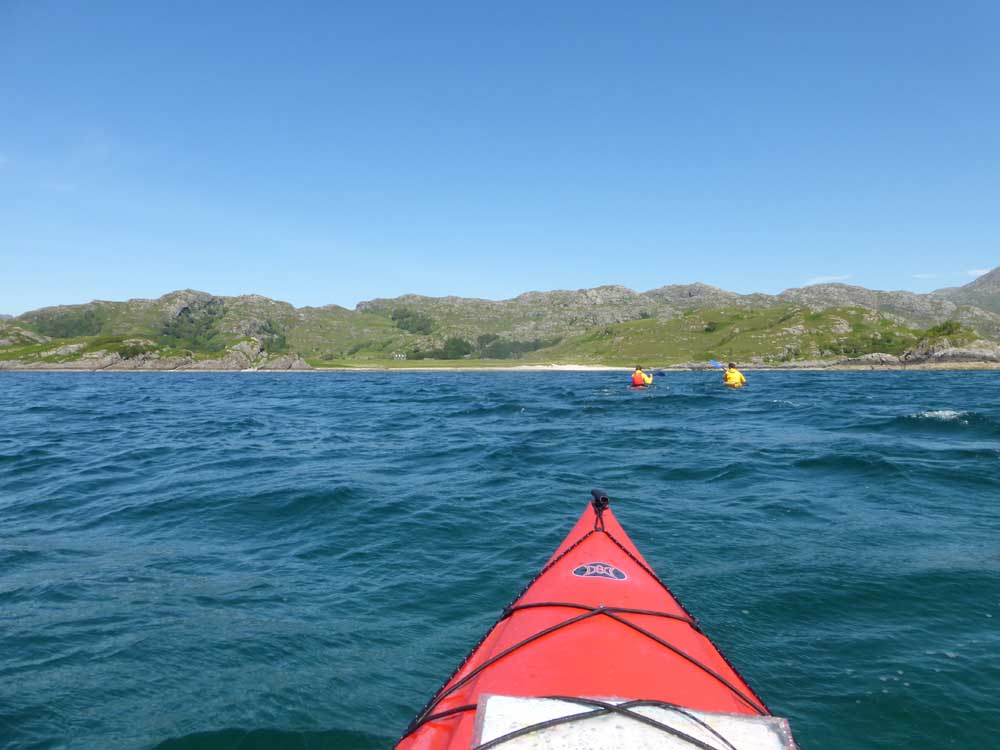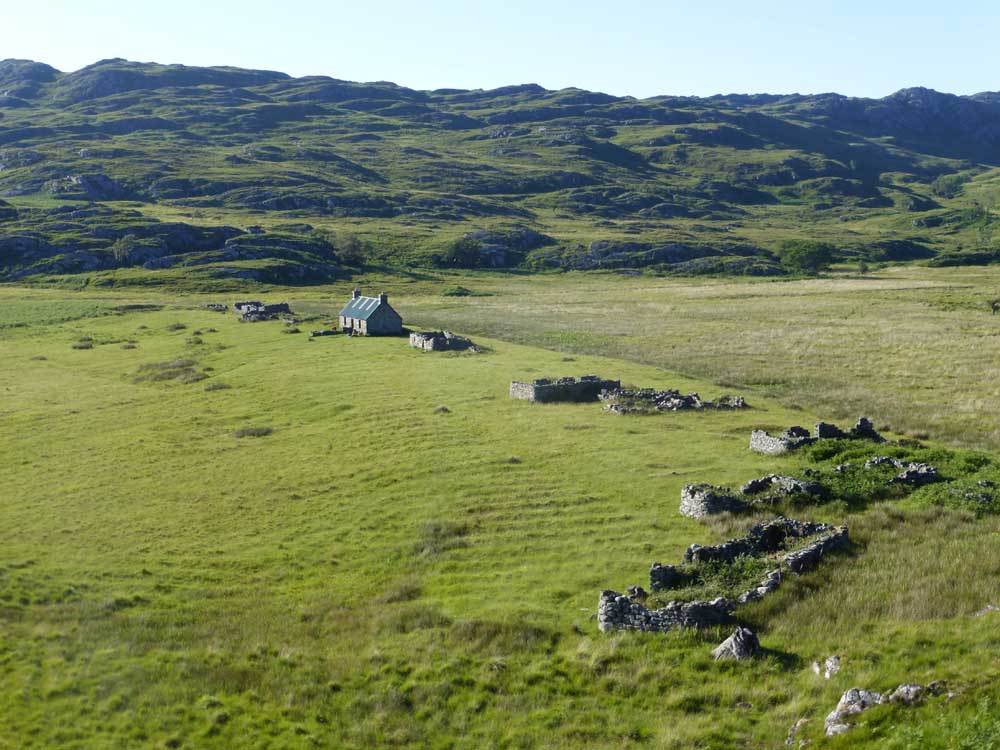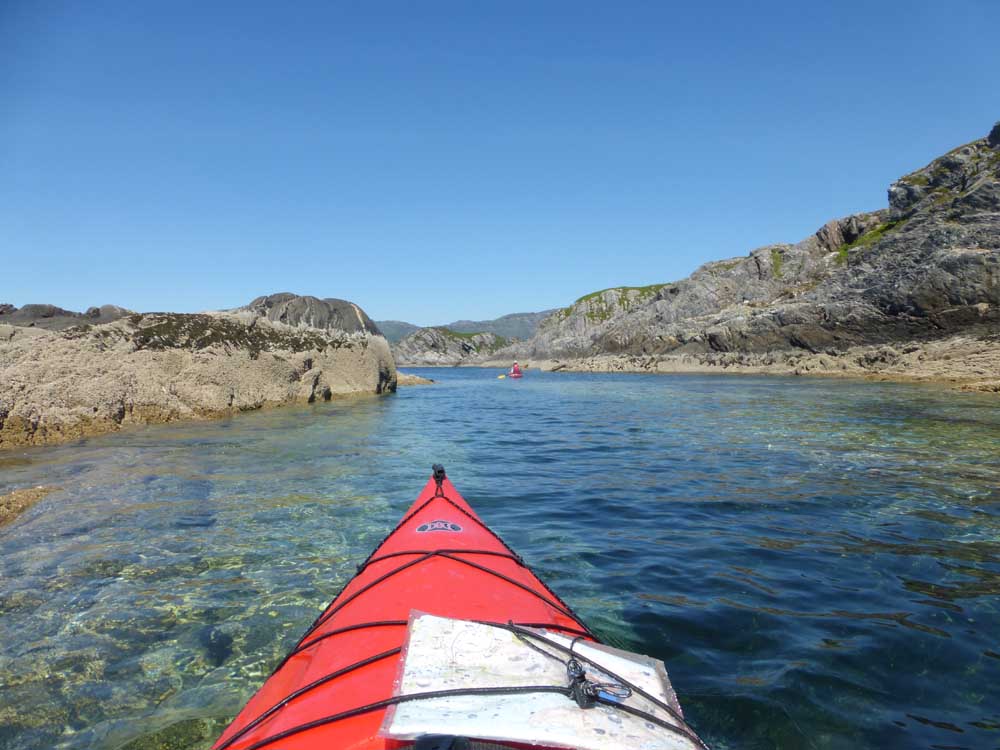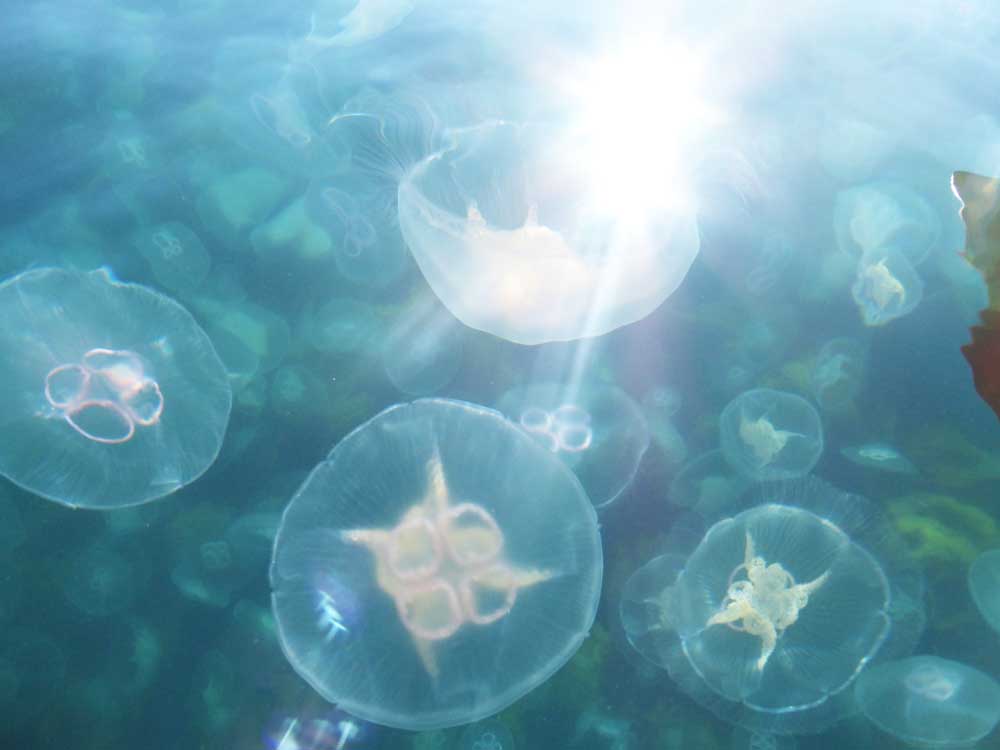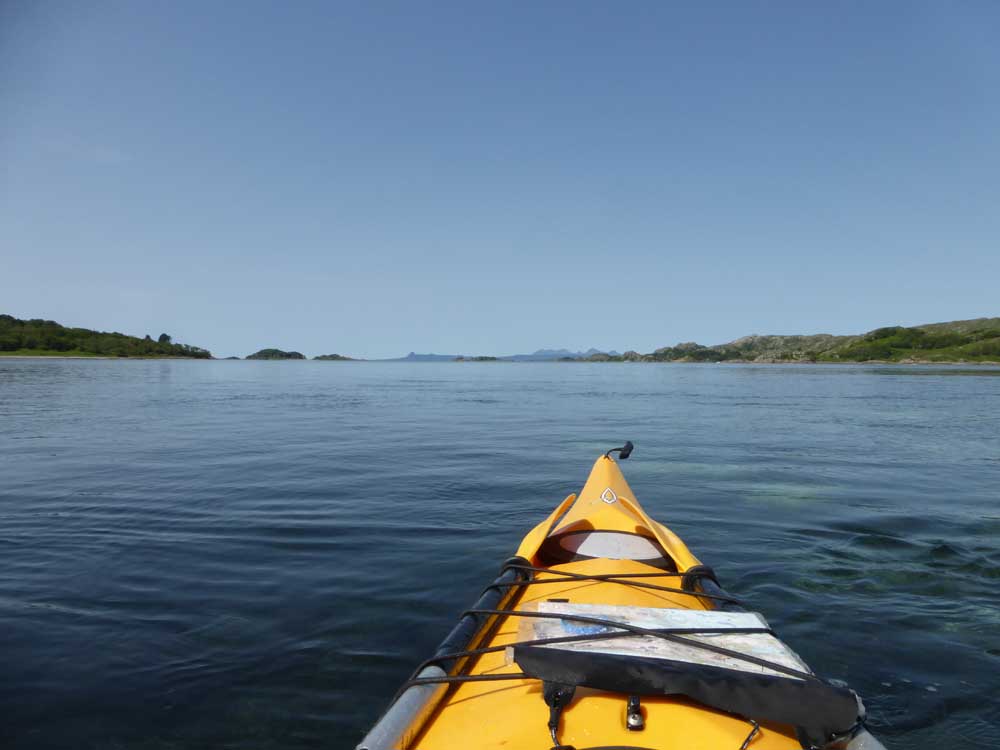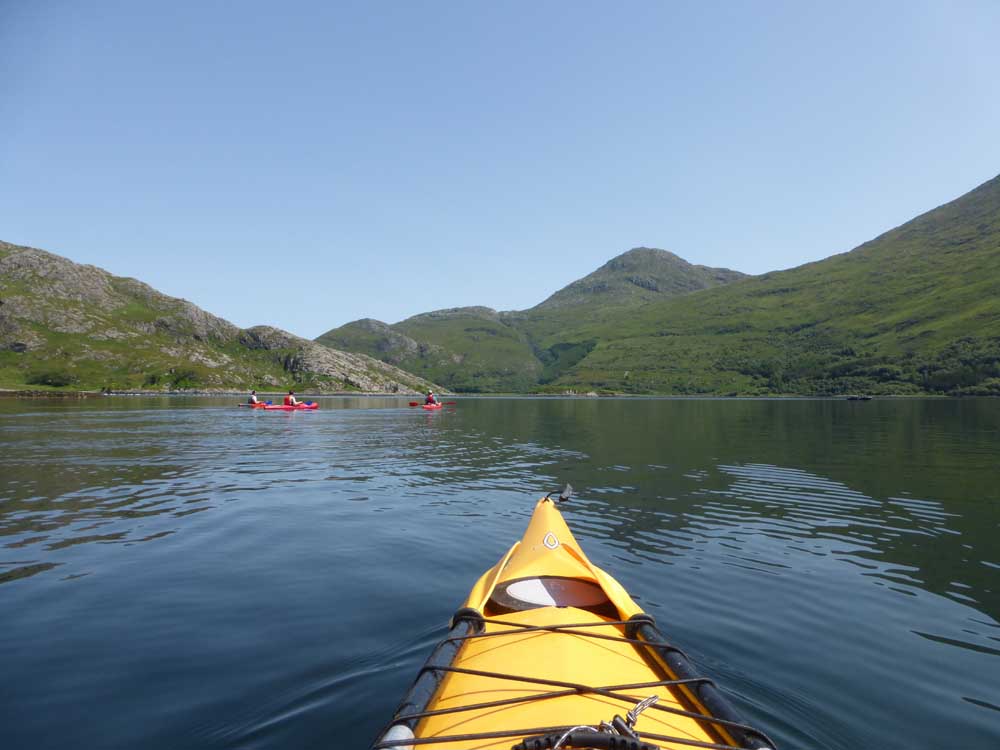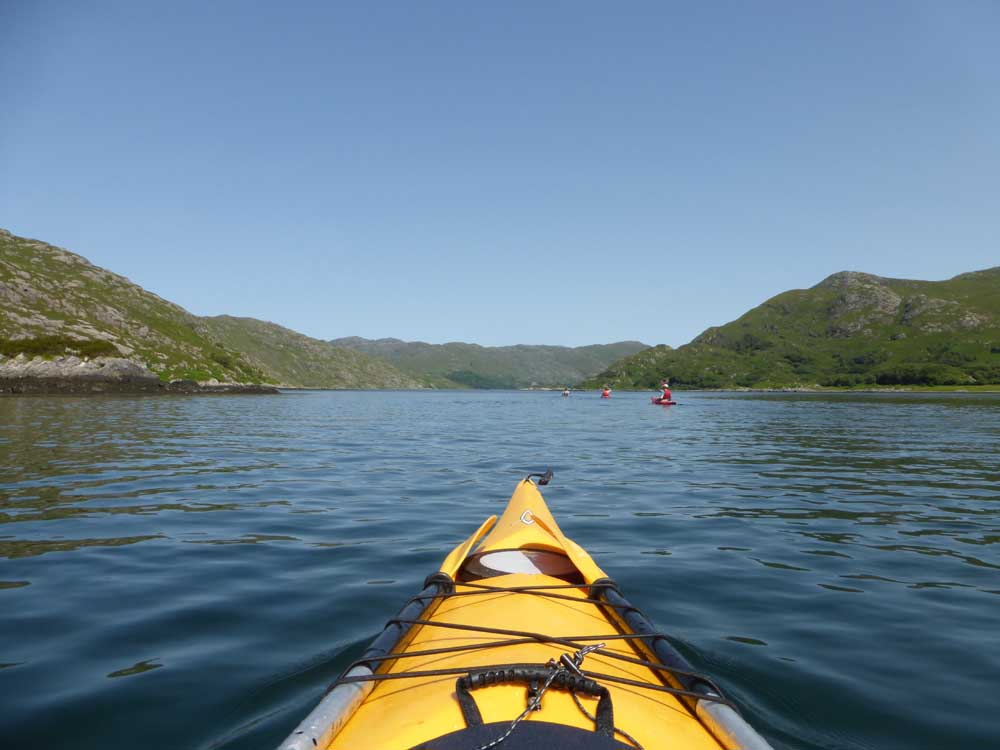Loch Shiel Kayak Circuit
Scottish Highlands
June 2019
Admittedly this is not a walk but kayak-camping ticks all the boxes for self propelled slow travel and this particular (almost) circuit travels through some beautiful wild places that simply would not link together on foot. The route starts at Glenfinnan, travelling down Loch Shiel through the river to the sea. It then comes up round the coast to end at the top of Loch Ailort. For those happy to add a couple of portages you could make the full circuit by adding Loch Eilt. We formed a group of four with widely varied levels of paddling experience (it was my first experience of multi-day kayaking) and a rather diverse armada of boats (head to the bottom for details). We planned the trip over 5 days rather than the usual 3 to give a relaxed experience and time for muscles unaccustomed to much paddling to adjust! I will say right away that the success of the trip came down to almost perfect weather conditions and if we’d instead been thrown a strong opposing wind it would have been distinctly unpleasant.
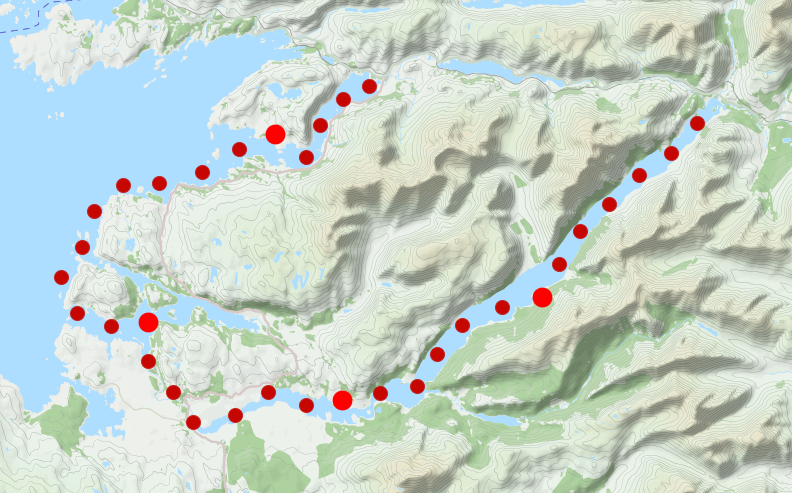
Day 1 Upper Loch Shiel
The day begins with logistics and packing. We arrive at Glenfinnan nice and early and find a perfect slip-way with an area for the cars signed “drop off for kayaks only” (grid ref 901805). “Drop-off” is interpreted a little loosely as we spend a couple of hours tucking five days of food and camping supplies into the boats trying to make sure that everything is waterproof, and easily accessible, and perfectly balanced, and distributed fairly by the different capabilities of the boats… Then a lucky two of us get to sit about by the loch soaking up the sunshine while the others sort the business of dropping one car at Lochailort (parking area 743805), tucking the other safely out of the way in tourist-filled Glenfinnan (924792) and then walking all the way back to the jetty. We finally get underway well past midday for a very short and sunny paddle to our lunch spot – a beautiful white-pebbled beach tucked behind a spur on the western bank: perfect for a picnic and the first of several swims. Getting back on the water it begins to cloud over but we gain an easterly breeze and by a combination of lazy paddling and drifting make it to a little collection of islands about halfway down the loch where we camp on a small beach. It’s forecast to rain overnight so we spend a pleasant hour faffing about with a tarp and eventually give up on it ever going dark and head to bed.
Day 2 Lower Loch Shiel
It does indeed rain overnight and we pass a very leisurely (and slightly smug) morning sitting about under our tarp waiting for it to clear. By midday the rain has stopped though our easterly wind prevails and we get in a bit of wave surfing as we continue down the loch. Further south the mountains flatten out and the loch rounds a bend to reach the burial island of Eilean Fhianain of which we take a slightly solemn tour. Given our late start it’s already getting on dinner time and the island also gives us a useful vantage point to survey some possible campsites. Back on the water they all turn out to be too boggy, too windswept or full of cows but we eventually find a sheltered spot under some trees on the Northern bank where, on completion of setting up our tents and tarp we are promptly devoured by midges.
Day 3 Shiel River
Our blue skies are back in time for a morning swim and we are blown along the remaining few miles of loch with remarkably little paddling. We stop for water at Acharacle and find a café (684674) waiting just opposite the jetty which serves excellent cake. After this it’s onto the river section, with the start marked by the passage under Shiel bridge. The vast majority of the river is very straightforward and virtually flat with almost no technical difficulty (and I can say that because it’s the first river I’ve ever paddled!) though we do encounter several fishermen. The rapid into the sea is right at the end of the river (660708) and we pull into the bank well in advance to walk down and check it out. We’ve managed to time it perfectly so the tide is fully out and it’s about as big as it gets. Apparently it looks like grade 3. All I can say is that I’m certainly not having a go and two of us take up viewing positions on the bank while the others have great fun running the two shorter boats down. Then they’re back with some trepidation for the sea kayaks and there’s a fairly predictable capsize and plenty of faff to drag the boat up the bank and bail all the water out. As a side note, if you decide not to run the rapid it can be bypassed relatively easily on the left bank with a boggy walk and a brief wooden bridge over the rocky bits. This also puts you in a good position to help any capsized friends! Having dried everything off as best we could and located the rapidly escaping paddle we cover the last mile to Eilean Tioram with its beautifully precarious (though sadly now locked) castle. We spend the night on the island creating a bit of a problem for fresh water though finding a satisfactory mainland stream gives a good excuse to stretch out rather cramped legs.
Day 4+ Sound of Arisaig
It’s a bit of a shock to the system to wake up to the alarm clock this morning but the tide waits for no (wo)man and we’re keen to make it to the sea in time for a rising tide to carry us north. Most of the route descriptions recommend exiting Loch Moidart by the North channel but this requires a high tide to get round the islands and won’t be possible until midday so we head out by the south. Sheltered in the channel it’s a beautiful calm morning. We spot a golden eagle and a sea eagle doing battle over their breakfast and as we reach the mouth we’re joined by at least 20 seals that have been sunbathing on the rocks. They are full of curiosity as they swim around our boats and I have a great time taking photos before realising I’m being rapidly left behind. On the sea things pick up with a bit of a battle between the tide and the wind creating some choppy and unpredictable waves. The camera gets hidden away and we stick close together hopping from the shelter of one island to the next. It’s by far the most paddling we’ve had to do on the entire trip and on reaching the mouth of the north channel we stop at a perfect white-sand beach for a breather. From here the waves start to lessen and we round the headland to reach Samalaman Island for a well deserved lunch. Back on the water we’ve reached the shelter of the Arisaig peninsula and enjoy a much calmer paddle across to Ardnish and the Peanmeanach bothy. It’s such a lovely setting that we decide to use up our spare day (held in case we needed to wait for a weather window for the sea crossing) and stay for two nights; enjoying blistering sunshine, hidden caves, loch swimming, open fires, a swarm of jellyfish, and a tiny island with some very interesting geology.
Day 5 Loch Ailort
All adventures must come to an end and we pack our boats up for the last time for the reasonably short paddle up Loch Ailort to the waiting car. Most descriptions that I’ve found for this route tag this onto the previous day and therefore miss out Peanmeanach bothy which is a great shame. I would highly recommend the extra overnight if you have the time. Back at the car it’s time for unpacking and reflecting on a very enjoyable trip which I hope will become the first of many.
The Boats
No kayaking write-up would be complete without detailing our armada. The logistical side of this trip was made vastly easier by owning our own boats though the downside of this is that we paddled in what we had rather than being able to choose the best suited craft. It did however give us the ability to rotate round and vary our paddling. Dagger Charleston 15ft: a proper expedition kayak with two hatches giving lots of storage space, goes fast in a straight line, doesn’t like turning corners. Perception Expression 11ft: definitely the best suited for mixed waters with one large hatch and space behind the seat for a tent, won the comfiest seat competition, goes straight and will turn corners when it feels like it. (OK I’m biased – this one’s mine!) Dagger Blackwater 10ft: getting into the shorter boats this one handled better on the river and felt more stable on the sea for our less experienced paddler but was also significantly slower than the touring boats Pyranha Fusion S 9ft: not an expedition boat at all but absolutely perfect for the 100m of rapids! Loves turning, not so keen on straight lines and was a bit of a battle in the sea but great for messing about at the end of the day. Takes a less relaxed paddling technique to keep pace.
Top tips for extra bits of kit
Drinking water was our main challenge on this trip. We didn't have one but I’d recommend a water filter which would allow you to drink straight from the loch/river without having to find safe side streams. A platypus style water bladder also works brilliantly as you can put the bladder in the boat and feed the drinking hose up through your spray deck for extra easy hydration on the move.
